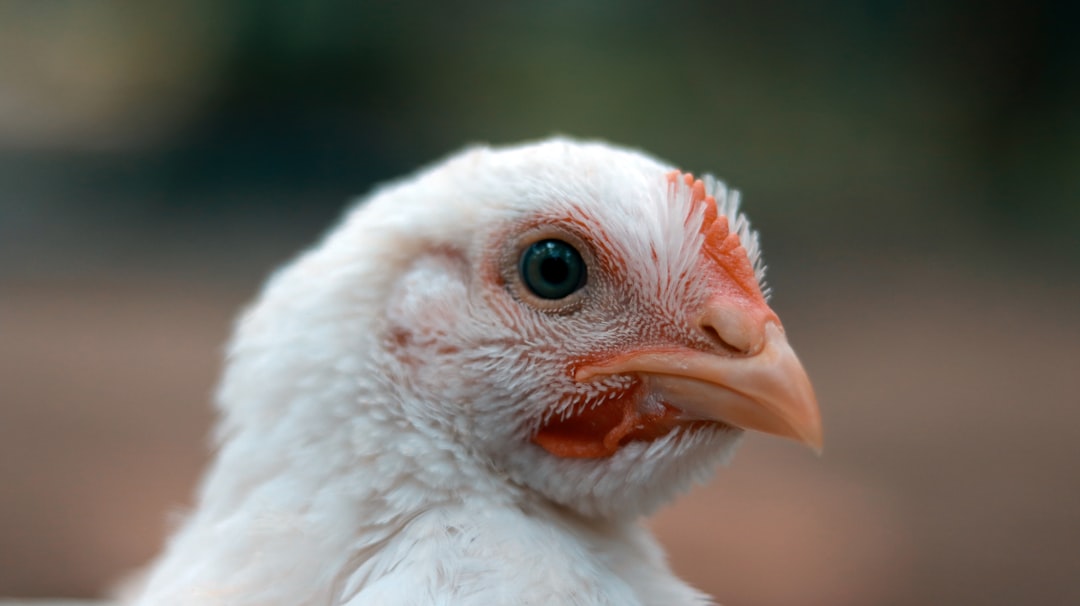Do you ever feel like your brain is constantly juggling a dozen tabs, notifications, and thoughts, making it impossible to truly concentrate on one thing? You’re not alone! In our hyper-connected world, maintaining focus has become a superpower. The good news is, it’s a superpower you can absolutely develop. This guide will walk you through a practical, science-backed plan to double your focus in just one month, leveraging the latest insights and tools for 2025. Ready to reclaim your attention and unlock your full potential? Let’s dive in! 😊
Understanding the Modern Focus Crisis 🤔
It’s no secret that our attention spans are shrinking. Recent statistics from 2024-2025 reveal that the average human attention span is now just 8.25 seconds, which is actually less than that of a goldfish (9 seconds)! This decline is a stark contrast to the 12-second average in 2000 and is largely influenced by the constant barrage of digital distractions.
Our digital devices, while incredibly useful, are also designed to capture and hold our attention, often at the expense of sustained focus. The average adult internet user’s attention span mirrors the general average at 8.25 seconds, heavily impacted by social media and environmental stimuli. In fact, screen-based attention has plummeted from 2.5 minutes in 2004 to a mere 47 seconds in 2024/25. This constant context-switching isn’t just annoying; it’s costly. Studies show it takes approximately 25 minutes to fully regain concentration after being interrupted from an active work project.
The “phantom notification syndrome,” where you feel your phone vibrate even when it hasn’t, affects 78% of Gen Z, further impacting concentration. Being aware of these subtle distractions is the first step to overcoming them.

The Science Behind Sustained Attention 📊
Our ability to focus isn’t just about willpower; it’s deeply rooted in our brain’s biology. The prefrontal cortex, often called the brain’s “executive manager,” plays a vital role in decision-making, planning, and maintaining focus. Neurotransmitters like dopamine, which drives motivation and reward, and norepinephrine, essential for alertness, are also crucial for sustained attention.
Neuroscience research indicates that our brains can only maintain focused attention for about 20 minutes at a time before needing a brief recovery period. This is why multitasking, despite popular belief, is largely a myth. What we perceive as multitasking is actually rapid task-switching, which drains cognitive resources and reduces overall performance and accuracy.
Focus Killers vs. Focus Boosters
| Category | Focus Killers | Focus Boosters |
|---|---|---|
| Digital Habits | Constant notifications, Multitasking, Endless scrolling | Notification off, Single-tasking, Digital detox |
| Environment | Cluttered workspace, Loud noises, Open office plans | Organized desk, Noise-canceling headphones, Dedicated focus zone |
| Lifestyle | Poor sleep, Unhealthy diet, Lack of exercise, High stress | Quality sleep, Balanced nutrition, Regular physical activity, Mindfulness |
Recent studies show that 73% of adults experience symptoms like difficulty concentrating, increased irritability when away from devices, and sleep disturbances due to excessive screen exposure. Prioritizing digital wellness is crucial for cognitive health.
Key Checkpoints: Don’t Forget These! 📌
You’ve made it this far! The article is packed with valuable information, so let’s quickly recap the most crucial points. Remember these three things above all else:
-
✅
Digital Distraction is Real and Costly.
The average human attention span is now 8.25 seconds, largely due to digital overload. It takes 25 minutes to regain focus after an interruption. -
✅
Your Brain Needs Structure and Breaks.
Multitasking is a myth; single-tasking is key. Our brains can only focus for about 20 minutes at a time, making regular, mindful breaks essential for optimal performance. -
✅
Mindfulness and Environment are Powerful Tools.
Cultivating a distraction-free environment and practicing mindfulness can significantly enhance your attentional control and overall cognitive health.
Your 4-Week Blueprint to Sharper Focus 👩💼👨💻
Ready to take action? Here’s a structured, month-long plan to systematically enhance your focus. Remember, consistency is more important than perfection!
- Week 1: Digital Detox & Environment Optimization
- Silence Notifications: Turn off all non-essential notifications on your phone and computer. Consider putting your phone on airplane mode or in another room during deep work.
- Declutter Your Workspace: A tidy environment leads to a tidy mind. Organize your desk and minimize visual distractions.
- Implement “Focus Zones”: Designate specific times and places where you commit to distraction-free work.
- Week 2: Mind-Body Connection
- Start a Mindfulness Practice: Even 10-15 minutes of daily meditation can significantly improve attentional control and reduce distractibility in as little as 30 days. Apps like Atom or Declutter The Mind can help.
- Prioritize Sleep: Aim for 7-9 hours of quality sleep. Sleep deprivation severely impairs decision-making, creativity, and attention span.
- Incorporate Movement: Regular physical activity, even short walks, boosts blood flow to the brain and improves concentration.
- Week 3: Time Management & Task Prioritization
- Master the Pomodoro Technique: Work for 25-30 minutes, then take a 2-3 minute break. Repeat this cycle. After four sessions, take a longer break. This trains your brain for sustained focus.
- Practice Single-Tasking: Dedicate your full, uninterrupted attention to one task at a time. Avoid switching between tasks.
- Time Blocking: Schedule specific “deep work” windows in your calendar and protect them fiercely.
- Week 4: Advanced Techniques & Sustaining Habits
- Brain Training Exercises: Engage in cognitive training games, puzzles, or even certain video games to enhance mental agility and response times.
- Leverage Focus Apps: Tools like Deep Work Zone, Forest, Freedom, or Rize.io can help block distractions and track your focus patterns.
- Mindful Breaks: When taking breaks, step away from screens and engage in activities that truly refresh your mind, like stretching or looking out a window.
Building new habits takes time. Don’t get discouraged by occasional lapses. The goal is progress, not perfection. Start small and gradually integrate these strategies into your daily routine.
Real-World Application: Sarah’s Journey to Supercharged Focus 📚
Let’s look at how Sarah, a marketing professional, transformed her focus in just one month by applying these techniques.
Sarah’s Situation
- Overwhelmed: Juggling multiple client projects, constantly checking emails and social media.
- Distracted: Felt like she was always busy but rarely productive, often taking 20-30 minutes to get back on track after an interruption.
- Stressed: High levels of digital fatigue leading to anxiety and poor sleep.
Her 4-Week Plan
1) Week 1: Digital Lockdown. Sarah turned off all non-essential notifications and used a browser extension to block social media during work hours. She also dedicated 30 minutes each morning to tidying her desk.
2) Week 2: Mindful Mornings. She started with 10 minutes of guided meditation using an app and committed to a 20-minute walk during her lunch break. She also aimed for 8 hours of sleep nightly.
3) Week 3: Pomodoro Power. Sarah implemented the Pomodoro Technique, working in 25-minute focused bursts followed by 5-minute breaks. She used a simple timer and focused on one task per Pomodoro.
4) Week 4: Sustain & Enhance. She continued her new habits and started using a focus app to track her productive time, identifying her peak focus hours for deep work.
Final Results
– Doubled Focus: Sarah reported feeling significantly more focused and less distracted, completing tasks faster and with higher quality. She felt she could sustain attention for much longer periods.
– Reduced Stress: Her digital fatigue symptoms decreased, and she experienced better sleep and overall well-being.
Sarah’s story isn’t unique. By consistently applying these strategies, you too can experience a profound shift in your ability to focus and achieve your goals. It’s about training your brain and creating an environment that supports deep work.
Wrapping Up: Your Path to Peak Concentration 📝
In a world constantly vying for your attention, mastering focus is no longer a luxury but a necessity. By understanding the challenges of digital distraction, embracing neuroscience-backed techniques, and committing to a structured plan, you can absolutely double your focus in one month. Remember, your brain is incredibly adaptable, and with consistent effort, you can rewire it for sustained concentration and unparalleled productivity.
Take control of your attention, one mindful moment at a time. What’s the first step you’ll take today to boost your focus? Share your thoughts and questions in the comments below! 😊
